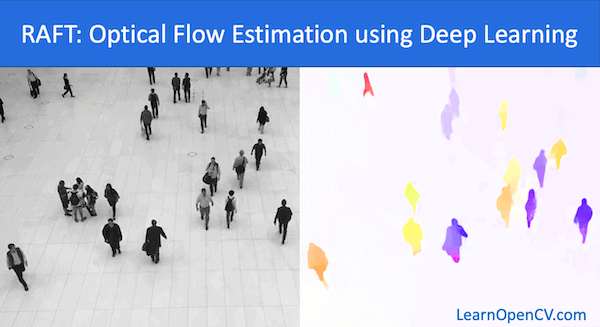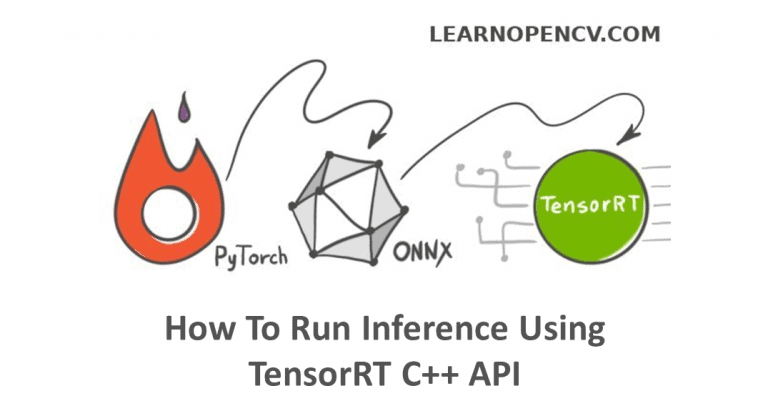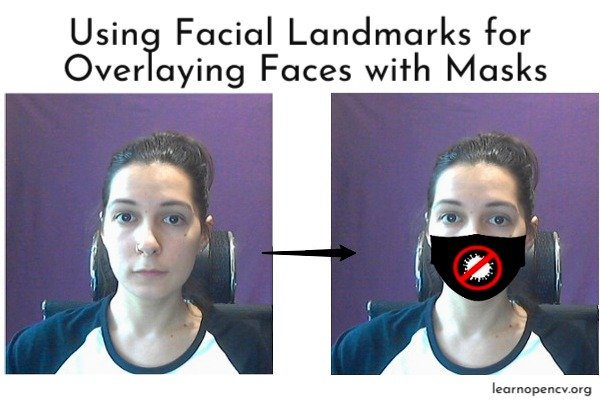In this blog post, we will be installing OpenCV on Windows for C++ and Python. The C++ installation is done with the help of custom setup exe files. Whereas Python installation is done with ...
RAFT: Optical Flow estimation using Deep Learning
In this post, we will discuss about two Deep Learning based approaches for motion estimation using Optical Flow. FlowNet is the first CNN approach for calculating Optical Flow and RAFT which is the ...
Tetris with OpenCV Python
In this post, we'll create the game of Tetris as shown in the video above. Tetris Most readers are probably familiar with Tetris - a popular and addictive video game created by Russian software ...
How To Run Inference Using TensorRT C++ API
In this post, we continue to consider how to speed up inference quickly and painlessly if we already have a trained model in PyTorch. In the previous post We discussed what ONNX and TensorRT are ...
Using Facial Landmarks for Overlaying Faces with Masks
Have you ever wondered how Instagram masks are fitting so perfectly on your face? Would you like to know how you can try to implement something similar by yourself? This post will help you with that! ...
How to Convert a Model from PyTorch to TensorRT and Speed Up Inference
The life of a machine learning engineer consists of long stretches of frustration and a few moments of joy! First, struggle to get your model to produce good results on your training data. You ...








